Five new ways to see Africa

Roula Khalaf, Editor of the FT, selects her favourite stories in this weekly newsletter.
A grand welcome in the Great Karoo

Samara, in South Africa’s Great Karoo, is one of those places I’ve heard extolled far and wide, but never visited myself. Sarah Tompkins’ rewilded-farm experience has always had at its core strong conservation-safari leanings and gorgeous, well-appointed hospitality. There’s a considered approach to the wildlife experience with expert guiding and education, dining where all food is grown or sourced locally, often out in stunning natural settings, and beautiful interiors.
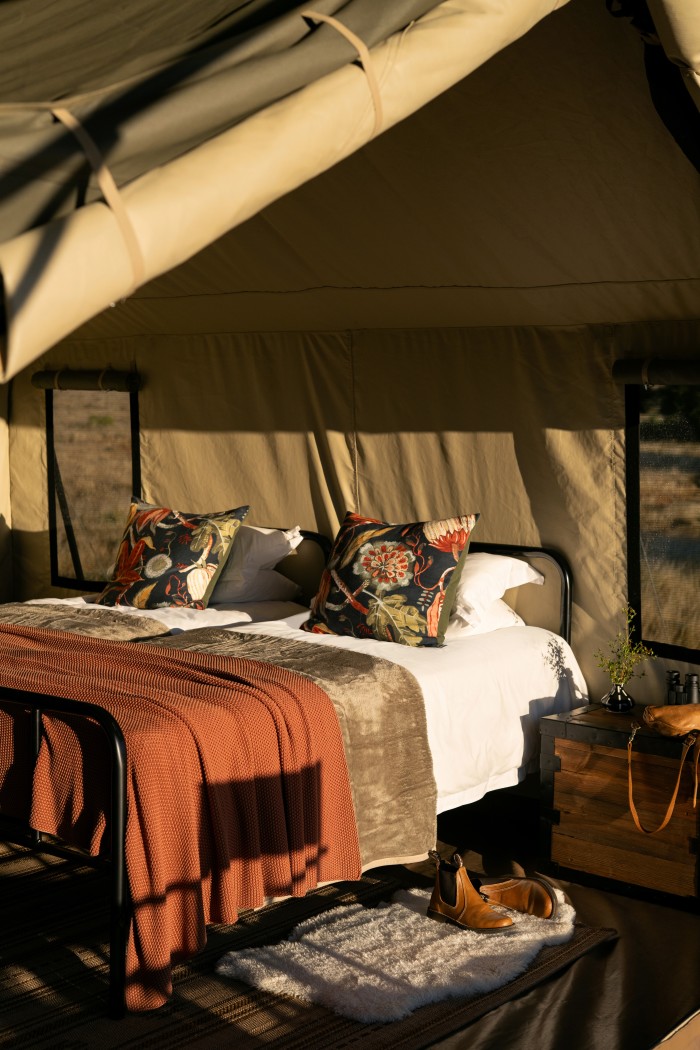
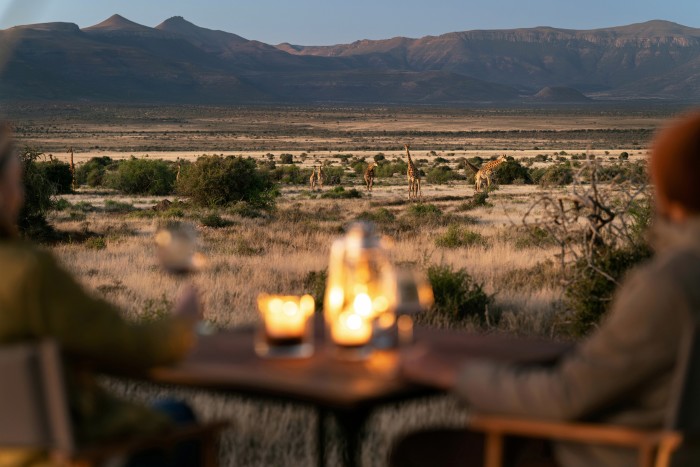
Having celebrated its 25th year of welcoming guests in 2022, it’s introducing a host of changes, starting with a new name – Samara Karoo Reserve – and a total re-do of Karoo Lodge, the beautiful original homestead, which will reopen in December. In the meantime, consider Plains Camp, the new four-tent, off-grid, ultra-light-footprint camp, which opened in June in the reserve’s most remote corner. Here, guests major in walking safaris, encountering springbok, eland, zebra, cheetah and more. It is, as Tompkins has long said, a place of space, stars and silence; all commodities we can get behind. samara.co.za, from R11,000 (about £481)
Megafauna on the Mara River
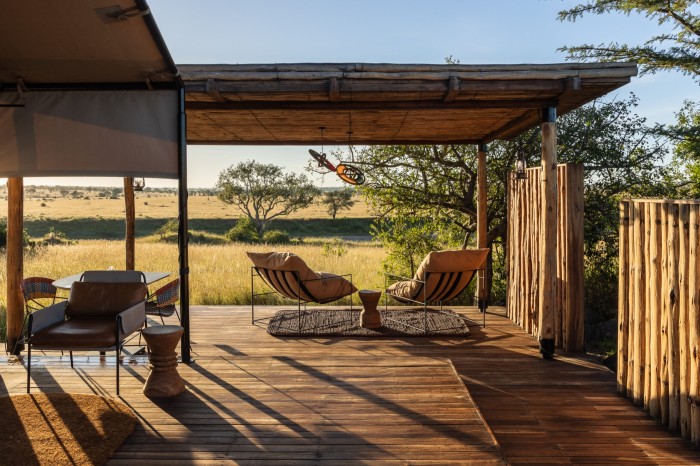
No one can argue with Singita’s primacy in the world of safari, from the seminal luxury experiences founder Luke Bailes created in South Africa in the 1990s to the company’s partnership with conservation NGO The Grumeti Fund in far-sighted, technology-based anti-poaching programmes in Tanzania at Singita Grumeti. This summer, Singita is bringing its much-loved Mara River Tented Camp back, after a hiatus that saw it undergo a total redesign and refit.
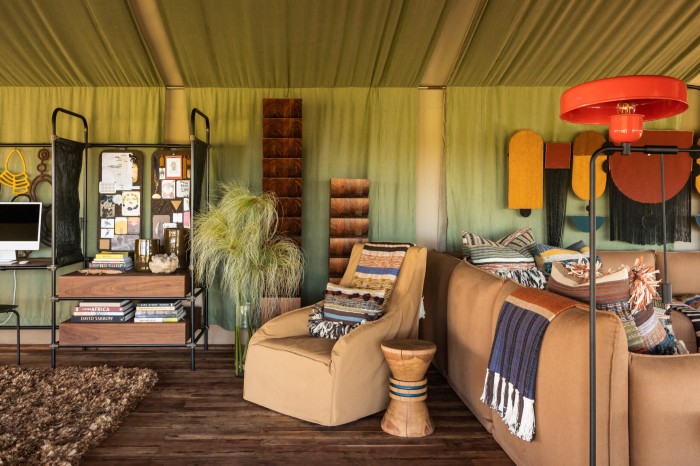


Built – lightly – on a river bend in the Lamai triangle, just a few kilometres from the Kenyan border, the camp benefits from a situation at the centre of massive animal migrations, meaning you can come in June or come in September and you’re likely to experience the famous spectacle of herds crossing. The new design is joyous, its contemporary palette and lines referencing local Maasai motifs; the power system, 100 per cent off-grid; and the sense of privacy, supreme, thanks to the full 98,000 private acres the camp enjoys. singita.com, from $1,910
Best of Botswana: birds and boats
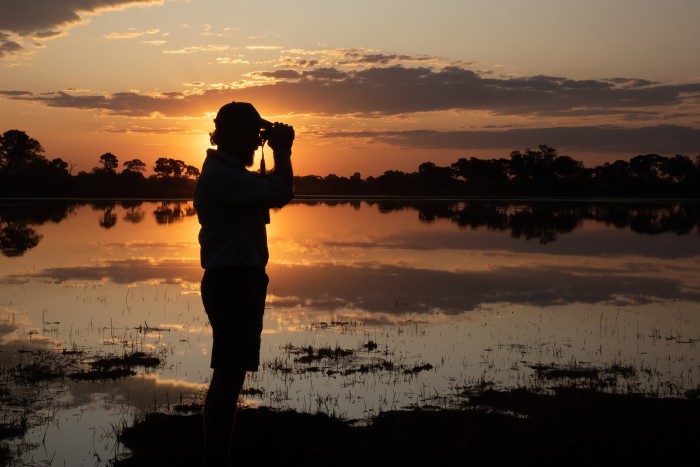
Natucate founder Daniel Kaul created his organisation to make it easier for people to access adventures and experiences that would involve them in conservation efforts across all categories of travel: wildlife, wilderness, communities, the built environment. From internships and sabbaticals to volunteer and field work, he matches them with projects that allow them to have an impact. And impactful they are: according to Kaul, some of his clients have ended up using mid-career Natucate experience to springboard into new lives.


But you don’t have to dedicate a year, semester or month: Natucate also plans more conventional safaris across southern Africa, with Botswana a particular strength. A handful of walking and birding safaris in the Okavango Delta and Chobe and Moremi game reserves will bring guests into northern Botswana’s most wildlife-rich reaches, where birders are especially rewarded – from Pels fishing owls to Bataleur eagles to kingfishers and Lilac-breasted Rollers, the catalogue of species is vast. You travel by foot, boat and paddling your own mokoro canoe, shadowed by a dedicated mobile camp. Some basic field-guide training sessions are available, for whoever’s keen to go deeper into the links between ecotourism and conservation. natucate.com, from €1,850
Supreme privacy (and meerkats) in the South African Kalahari

Owned by the Oppenheimer family, Tswalu is South Africa’s largest privately protected nature reserve, a standard-bearer for exclusivity and superior guiding experiences as well as a member of the prestigious Long Run coalition of sustainable hospitality enterprises. Loapi is their newest safari experience, a collection of six one-and two-bedroom tents – actually more like homes: pavilions of glass, steel, and canvas, measuring 300 and 400sq m – set in their own small valley at the foot of the Korannaberg mountains.

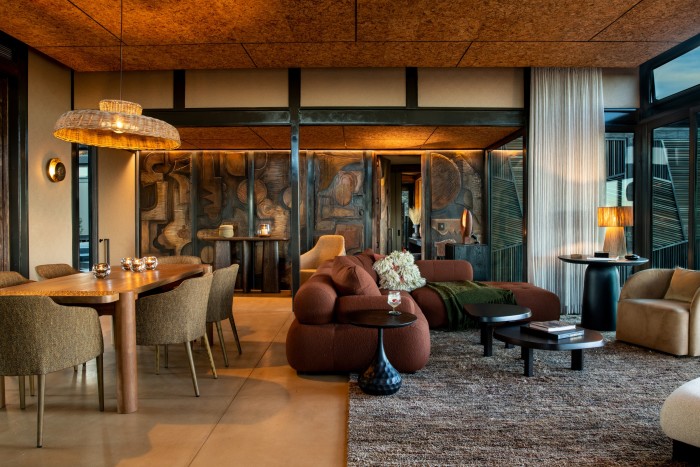

Each has its own pool, interactive kitchen (where families can get busy of an evening with their dedicated chef), fire pit, multiple decks and lounge spaces; private guides drive you out into the bush on your own schedule. There are horses for riders of every level, photographic day safaris, and three families of habituated meerkats who’ll let you sit within a couple of metres of them – best communed with at sunrise, as they’re just coming out of their burrows. tswalu.com, from £1,780 per person per night for a two-night minimum stay
Ancient history In Zimbabwe

Elephant, lion, hippo – and medieval architecture: in Zimbabwe you can now see them all, thanks to a genius new partnership between UK fixers Original Travel and Past Preservers, the international network of archaeologists and historians who consult for the likes of the BBC and Discovery Channel on documentary programming.

Together they’ve crafted experiences from Egypt and Cyprus to, naturally, Rome, and now they’ve an intriguing one in Zimbabwe: Original’s guests can spend a couple of hours or a full day with archaeological scholars from Great Zimbabwe University, exploring the ruins of the walled medieval city of the same name in the country’s hilly south-east. Begun in the 11th century and expanded over 300 years, Great Zimbabwe is testament to the wealth of the trade empire that dominated the east African coast at the time: the section known as the Great Enclosure, with its 36ft-high walls, is the largest ancient structure south of the Sahara desert. It’s an unexpected and extraordinary add-on to any Zim safari circuit. originaltravel.co.uk, from £6,250 for 10 days
Comments